Take a trip to historic Arrow Rock, Missouri! This entire town has been designated a National Historic Landmark with the town’s history inter-twined with Westward Expansion, artist George Caleb Bingham and the Santa Fe Trail!
HISTORY OF ARROW ROCK, MISSOURI
According to writer David Wolfe Eaton in 1918, Arrow Rock was named because of a flint-bearing bluff on the Missouri River. This name appears on a French map from 1732 as “Pierre a Flèche” meaning “Rock of Arrows.”
Eaton wrote that the bluff was a landmark and Lewis and Clark passed by on June 9, 1804. In 1808, William Clark passed through the area again and called the bluff “Big Arrow Rock”.
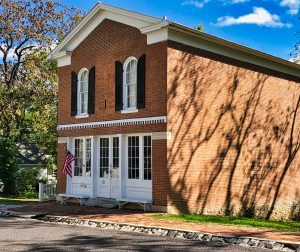
Settlers arrived in 1810 and defensive forts were built for the War of 1812 as protection from the Ioway, Sac and Fox Nations. When Fort Osage closed in 1812, the fort’s trader, George Sibley, moved to Arrow Rock to trade with the friendly Osage tribe. See our blog post about Fort Osage at: http://thetravelingseniors.com/backroads-trip-f…ational-landmark/
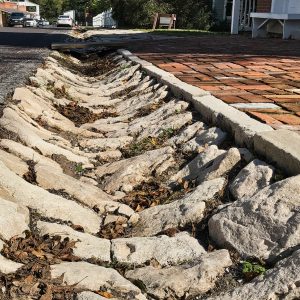
Arrow Rock was owned by Judge David Todd (the uncle of Mary Todd Lincoln) from 1819-1833.
Arrow Rock is where the Santa Fe Trail crossed the Missouri River which made it crucial as a stopping point during the settling of the American West. Settlers traveling west stopped as the Huston Tavern (still standing) to stay overnight, and are said to have filled their water barrels with fresh water from the Big Spring in town. At its height, Arrow Rock had a population of 1,000. Today, the population is 54.
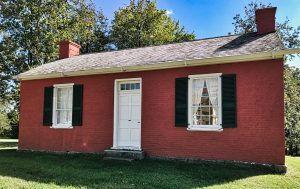
GEORGE CALEB BINGHAM
George Caleb Bingham’s (www.georgecalebbingham.org) family moved to a farm just outside Arrow Rock in 1827. The brick home built by Bingham in 1837 still stands in Arrow Rock. The artist is best remembered for his paintings of frontier and river life painted in the 1840s and 1850s. After 1860, Bingham lived in Kansas City but returned to Arrow Rock to visit family until he died.
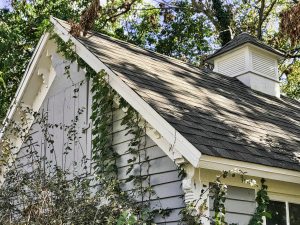
WILLIAM BECKNELL
William Becknell (www.santafetrail.org. History of the Santa Fe Trail) also lived in Arrow Rock. He is often called the “Father of the Santa Fe Trail” and was a Missouri Ranger during the War of 1812. Becknell organized the first successful trade expedition to Santa Fe in 1821 and, in 1822, was the first person to use wagons on the Trail. People in Arrow Rock were trading with Santa Fe as late as the beginning of the Civil War.
ARROW ROCK TODAY
Stu and I explored the banks of the Missouri River where a ferry was established in Arrow Rock in 1815. We walked along the Lewis & Clark Hiking Trail there and explored some of Jones Island which is a wildlife refuge. We had so much fun walking the streets of Arrow Rock! The historic buildings and sights in the town include:
- J. Huston Tavern (1834)
- George Caleb Bingham House (1837)
- Dr. Mathew Hall House (1846)
- Old Jail (1873)
- The Courthouse (1834)
- Big Spring (1829)
- Academy Boarding House (1829)
- A relocated log cabin (1830)
- Masonic Lodge Hall (1868)
- Miller-Bradford House (1839)
- Christian Church (1872)
- Brown’s Chapel Free Will Baptist Church (1869)
- Black History Museum/Brown Lodge (1881)
- John P. Sites Gun Shop (1866)
- John P. Sites House (1838)
Some of our favorite places were Prairie Park which was built in 1849. It is two and 1/2 stories and is an 18th century Greek Revival Mansion built by William Sappington, a local farmer, banker and community leader. The Federated Church was built in 1852 as the Methodist Episcopal Church and is still operating today.
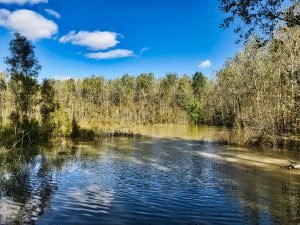
If you like to go on treasure hunts for antiques, see plays, walk historic streets and take part in weekend festivals, Arrow Rock is for you!
Arrow Rock is located 13 miles north of Interstate 70 in Saline County, Missouri near Boonville, Missouri